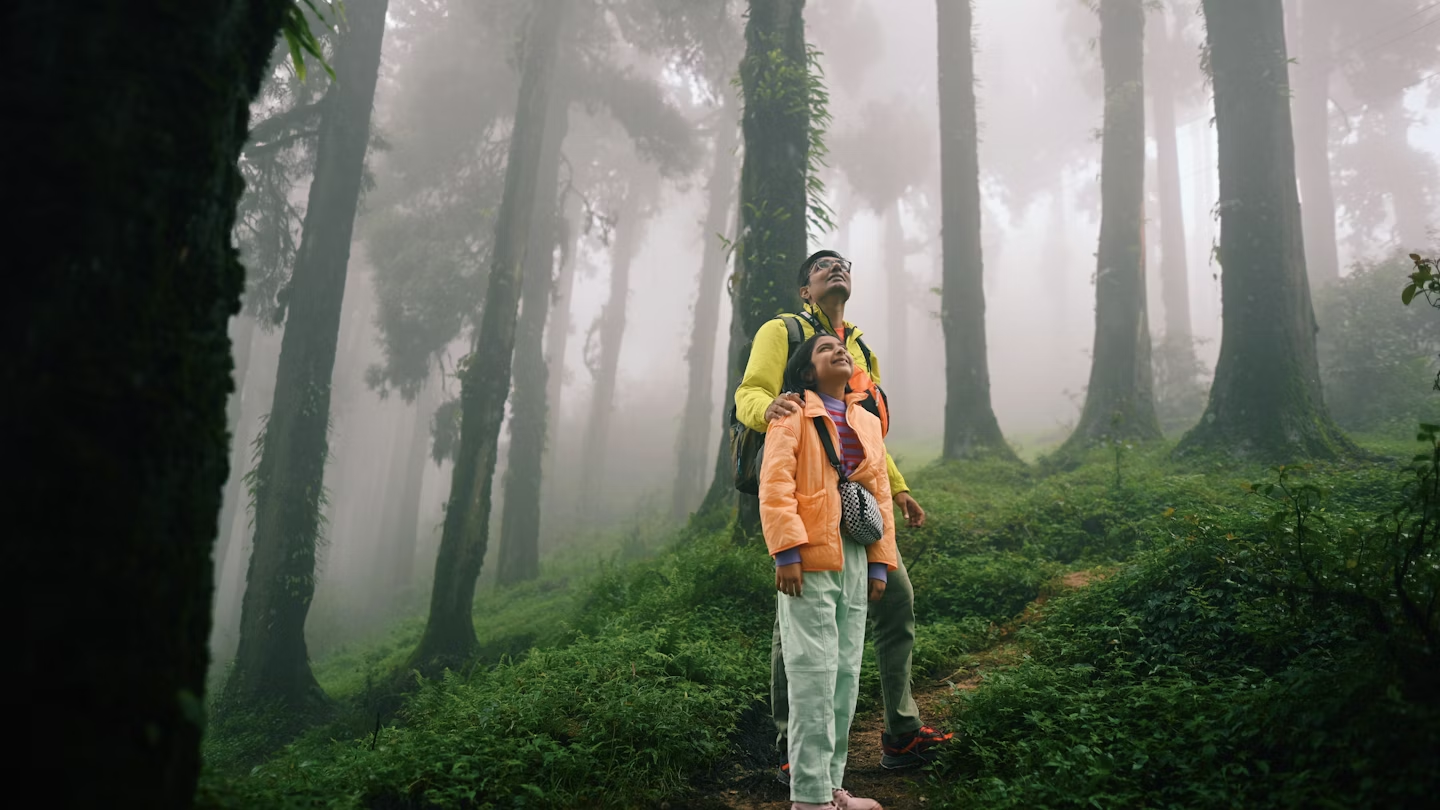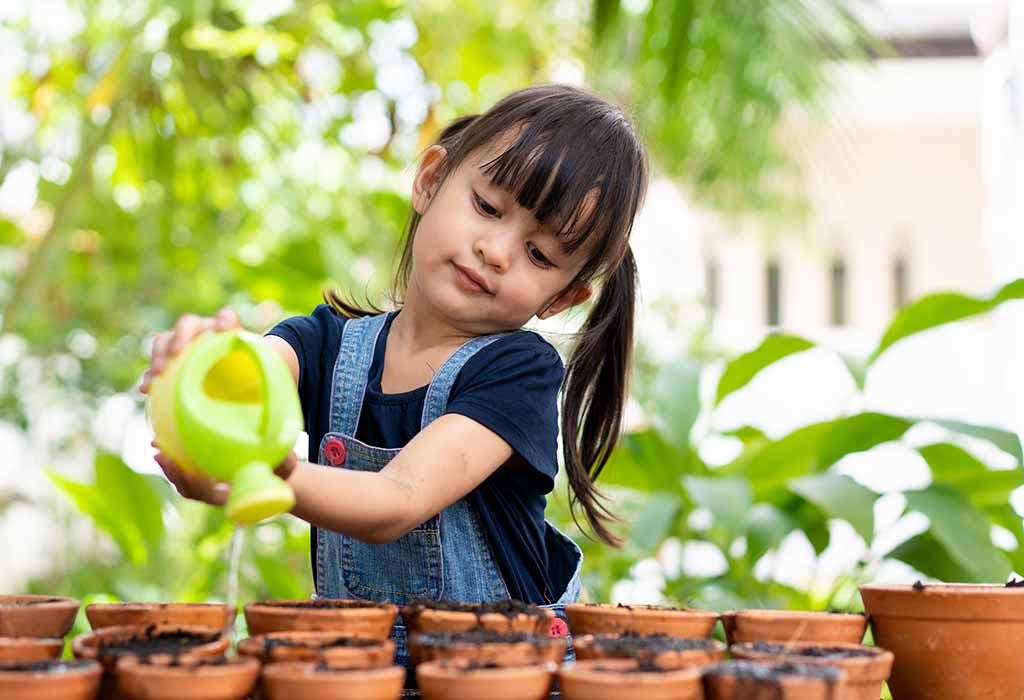How Innovative Apps Are Turning Kids Into Wildlife Spotters & Conservationists
Something interesting is happening in classrooms across India. Kids today are getting curious about nature, not just from books, but by actually exploring the world around them. With their notebooks, smartphones, and a lot of enthusiasm, these young nature lovers are using cool apps and community projects to learn about and map the plants, animals and insects in their own backyards.
And before you think, “Wait, kids and phones?” These aren’t just any apps. They’re tools helping these kids play a real part in protecting our country’s amazing biodiversity.
In this article, we’ll take a closer look at how these children are combining curiosity with technology, the kinds of apps and projects they’re involved in, and the impact their efforts are having, not just on their communities but on the future of conservation in India.
1. iNaturalist
What is it: It’s a global platform where nature lovers of all ages can easily spot and document plants, animals, fungi, and insects—just by uploading a photo. When someone shares a picture, the location is tagged automatically, and then a worldwide community of scientists and nature enthusiasts helps verify what’s been spotted. This amazing tool was created by the California Academy of Sciences and the National Geographic Society.
 These applications not only enhance children’s scientific knowledge but also develop a profound appreciation for their natural environment. Picture source: Lonely Planet
These applications not only enhance children’s scientific knowledge but also develop a profound appreciation for their natural environment. Picture source: Lonely Planet
Why it matters: Instead of reading and memorising lists of flora and fauna, applications like iNaturalist simply make science more interesting and accessible. It makes students notice the butterflies around them and feed their curiosity by showing how they fit into our ecosystem.
Impact: In Pune, students from local schools teamed up with the environmental non-profit Paryavaran Dakshata Mandal to explore and document their surrounding biodiversity using this platform. Their efforts led to the recording of hundreds of local species, including many that had never been officially documented in their area before. This not only helped build a richer understanding of Pune’s natural environment but also inspired a new generation to take an active role in conservation.
Such community-driven projects demonstrate how technology and education can work together to protect our planet.
2. iNaturewatch Apps
What is it: The iNaturewatch app helps curious young minds become the eyes and ears of nature by exploring butterflies, birds, trees, and more. It provides information tailored to the specific region, so users can learn about the species found right in their own neighbourhood.
Why it matters: These apps turn everyday surroundings into a living classroom, showing kids and adults exactly what species share their neighbourhood. Instead of vague ideas about nature, users get clear, local insights that spark genuine curiosity and help them see the environment as something personal and worth caring for.
Impact: Over just three months, students from 43 schools across Mumbai, Delhi, Hyderabad, and Kolkata took part in a challenge organised by the iNaturewatch Foundation, recording an impressive 2,771 new wildlife sightings. This massive collective effort not only enriched local biodiversity records but also transformed students into active contributors to real scientific data.
 These apps serve as valuable tools in environmental education, empowering students to become active participants in biodiversity conservation. Picture source: First Cry
These apps serve as valuable tools in environmental education, empowering students to become active participants in biodiversity conservation. Picture source: First Cry
According to the iNaturewatch Foundation’s reports, this initiative sparked enthusiasm for conservation among young learners, empowering them to observe, document, and appreciate the natural world in their own cities. Such large-scale citizen science projects demonstrate how technology can bridge education and environmental stewardship, creating a generation better equipped to protect India’s diverse ecosystems.
3. Seek by iNaturalist
What is it: Seek is an intuitive app designed specifically for young children. It harnesses advanced image recognition technology to identify plants, animals, and fungi in real time. This means kids don’t have to wait to learn—they can discover and name what they see instantly during their outdoor explorations.
Why it matters: Early exposure to biodiversity is crucial in shaping how children perceive and relate to the natural world. Seek breaks down traditional barriers to learning by making identification easy and accessible, turning every nature walk into an interactive experience. The app nurtures a genuine connection with the environment from a young age by sparking curiosity and encouraging hands-on discovery.
Impact: Seek is more than just a tool for fun — it’s a gateway for children to engage deeply with their surroundings. It supports experiential learning, helping kids recognise the incredible variety of life around them and understand their role in protecting it. This early engagement can inspire long-term environmental stewardship, fostering a generation that values and advocates for biodiversity.
Take a glimpse at community initiatives that encourage children to use their phones to track the rich biodiversity India has to offer.
1. Mapping through their phones for Bioblitzes
What is it: Bioblitzes are fun challenges in which the participants catalogue wildlife and plants in a particular area in a short period of time, such as 24 hours.
Why it matters: WWF-India, in association with The Naturalist School, conducted a bioblitz in January 2025, during which children explored and collected data about native trees, fascinating spiders, birds and more.
2. India Biodiversity Portal
What is it: It is a citizen science platform that allows people to document nature and wildlife around them. Users can add pictures, locations and comments about what they find.
Why it matters: Encourages students and community members to take an active part in conservation and add to the immense database of biodiversity in India.
Here are a few instances where young eco-warriors from India used these applications to map the rich biodiversity around India.
- In the 2024 City Nature Challenge, 188 students from Nanakmatta, a small town in Uttarakhand, utilised the iNaturalist app to document local flora and fauna.
- Panchayat Union Middle School students in Tamil Nadu actively participated in the Great Backyard Bird Count by submitting 4,316 checklists to the platform in 2022.
Edited by Leila Badyari
News